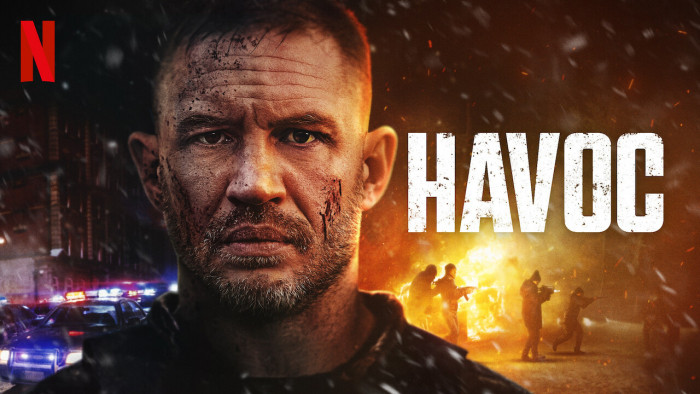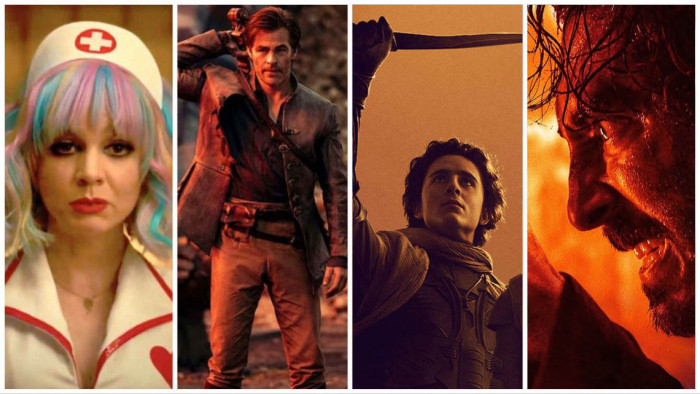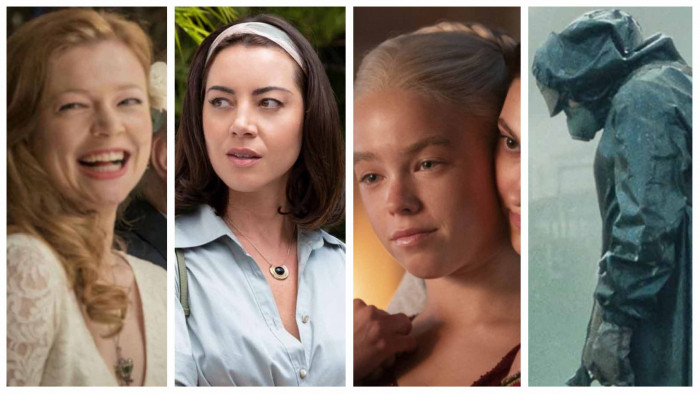This is what an 'inclusion rider' is - and why it's so important
Frances McDormand's Oscars speech explained


So, finally, an Oscars ceremony that everyone seemed to be happy with, with The Shape of Water taking the biggest haul of the night with four awards, including the coveted Best Film category - and they managed to present it to the right film this year.
The UK celebrated Gary Oldman’s first Oscar win, as he took home the prize for Best Actor for his portrayal of Winston Churchill in second world war drama Darkest Hour, and the actor appeared close to tears as he explained how “the movies, such is their power, captivated a young man from south London, and gave him a dream”.
But arguably the most memorable moment of the ceremony came when Frances McDormand won the Oscar for Best Actress, following her performance in Three Billboards Outside Ebbing, Missouri and used the stage to make important points about equality and inclusion.
She persuaded every nominee to stand with her as she addressed the movie executives in the room.
“Look around, ladies and gentlemen, because we all have stories to tell and projects we need financed,” she said.
“Don’t talk to us about it at the parties tonight - invite us into your office in a couple of days, or you can come to ours, whatever suits you best - and we’ll tell you all about them.”
She finished the speech by saying: “I have two words to leave you with tonight - inclusion rider.”
So what exactly is an inclusion rider?

Oscar winners (L-R): Sam Rockwell (Supporting Actor), Frances McDormand (Lead Actress), Allison Janney (Supporting Actress), Gary Oldman (Lead Actor)
Well, backstage, McDormand, who was celebrating her second Oscar win after picking up the same award for her legendary performance in the 1996 film Fargo, explained that an ‘inclusion rider’ is a clause that actors can insert into their contracts to insist on at least 50% gender and racial diversity in the film’s cast and crew, thus ensuring a more balanced mix of workers on a project.
In the winners’ room, she said: “I just found out about this last week. This has always been available to all - everybody who does a negotiation on a film - which means you can ask for or demand at least 50 percent diversity in not only the casting but the crew. The fact that I just learned that after 35 years in the film business - we aren’t going back. This whole idea of women trending? No. No trending. African Americans trending? No. No trending. It changes now, and I think the inclusion rider will have something to do with that.”
2 Broke Girls and Whitney creator Whitney Cummings explained in a Twitter post: “An inclusion rider is something actors put into their contracts to ensure gender and racial equality in hiring on movie sets. We should support this for a billion reasons, but if you can’t find a reason to, here’s one: it will make movies better.”
While some might suggest that this is a form of positive discrimination, the intention is more to prevent a largely white, male, heterosexual hierarchy simply hiring people just like themselves by default - and McDormand, and countless others, are suggesting that stars can use their power to make change happen.
In a 2014 guest column for The Hollywood Reporter, Stacy Smith, director of USC Annenberg’s Media, Diversity & Social Change Initiative, described a similar contract clause - an “equity rider” - as a solution for improving diversity in Hollywood.
She wrote: “What if A-list actors amended every contract with an equity rider? The clause would state that tertiary speaking characters should match the gender distribution of the setting for the film, as long as it’s sensible for the plot. If notable actors working across 25 top films in 2013 had made this change to their contracts, the proportion of balanced films (about half-female) would have jumped from 16 percent to 41 percent. Imagine the possibilities if a few actors exercised their power contractually on behalf of women and girls. It wouldn’t necessarily mean more lead roles for females, but it would create a diverse onscreen demography reflecting a population comprised of 50 percent women and girls. In other words, reality.”
(Images: Rex)
Latest

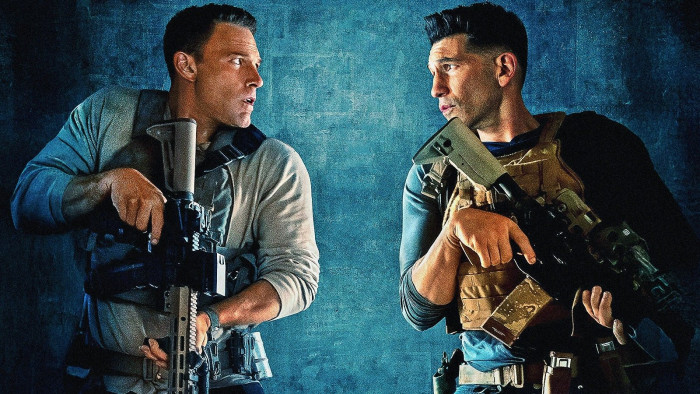
Ben Affleck and Jon Bernthal talk The Accountant 2

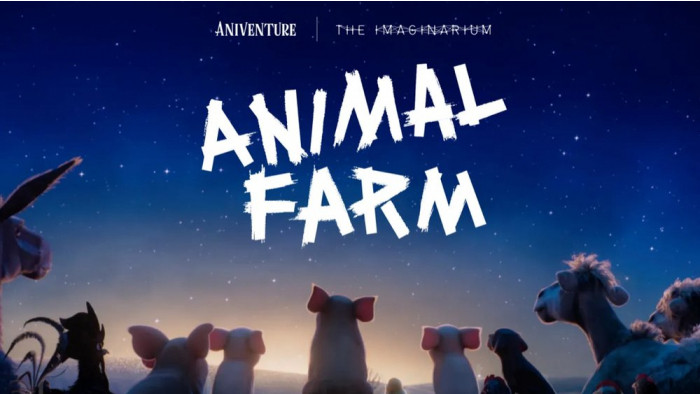
Animal Farm movie cast announced
Related Reviews and Shortlists


